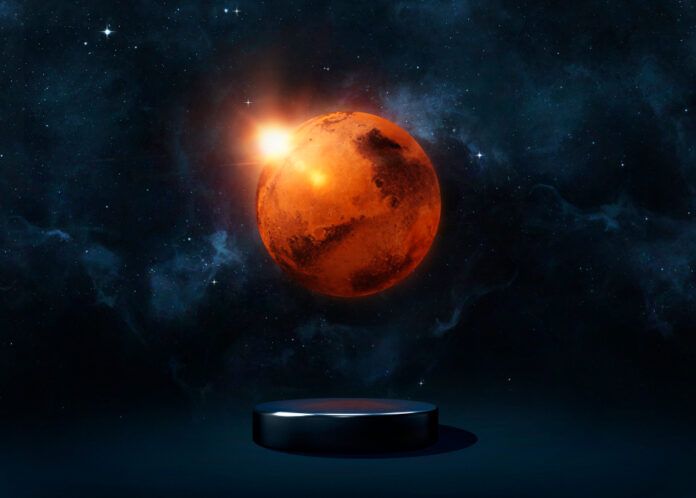Scientists develop an innovative index to prioritize exoplanets for habitability, with kepler-442b leading as a promising candidate for sustaining life.
In a groundbreaking advancement in the search for habitable exoplanets, scientists have identified Kepler-442b as potentially more hospitable than Earth. This revelation comes from a comprehensive new index designed to evaluate the habitability of planets beyond our solar system.
Researchers have crafted an innovative method to determine which exoplanets are most likely to sustain life. This approach, detailed in a recent publication in the Astrophysical Journal, utilizes a combination of transit data, stellar properties, and planetary emitted flux. This method marks a significant improvement over the traditional reliance on the ‘Goldilocks zone’—a region around a star where the temperature allows for liquid water.
Embed from Getty ImagesKepler-442b, discovered by NASA‘s Kepler spacecraft, is located about 1,200 light-years from Earth and lies within its star’s habitable zone. The planet, classified as a super-Earth, has a mass and radius larger than Earth’s but smaller than those of Uranus and Neptune. It boasts an equilibrium temperature of -40 degrees Celsius and a habitability rating of 0.836, slightly higher than Earth’s rating of 0.829.
Rory Barnes, one of the lead authors from the University of Washington’s Virtual Planetary Laboratory, explained the significance of the new index. “We’ve devised a way to take all available observational data and develop a prioritization scheme,” Barnes said. “This helps us decide which planets to focus on as we discover more potential candidates for habitability.”
Despite the promising rating of Kepler-442b, the actual conditions on the planet, including its atmosphere and surface composition, remain unknown. The paper emphasizes that a higher habitability rating does not necessarily guarantee that the planet is more suitable for life than Earth.
In related space exploration news, Mars has been deemed unsafe for long-term human habitation. Recent studies by NASA have confirmed that the Martian environment poses severe radiation hazards, limiting human stays on the planet to no more than four years.
This latest research into exoplanet habitability opens new doors in our quest to find Earth-like planets and potentially habitable environments beyond our solar system.
